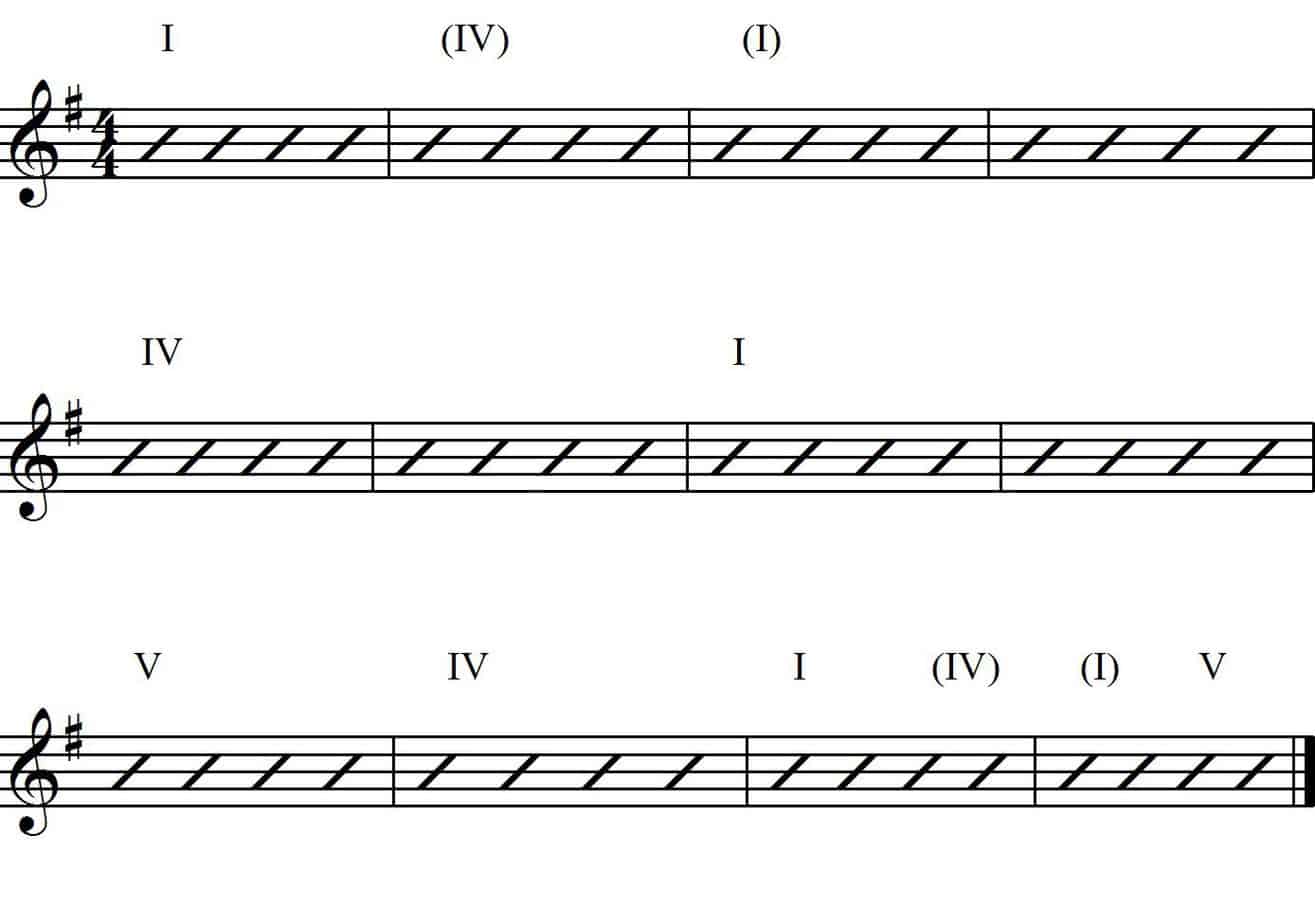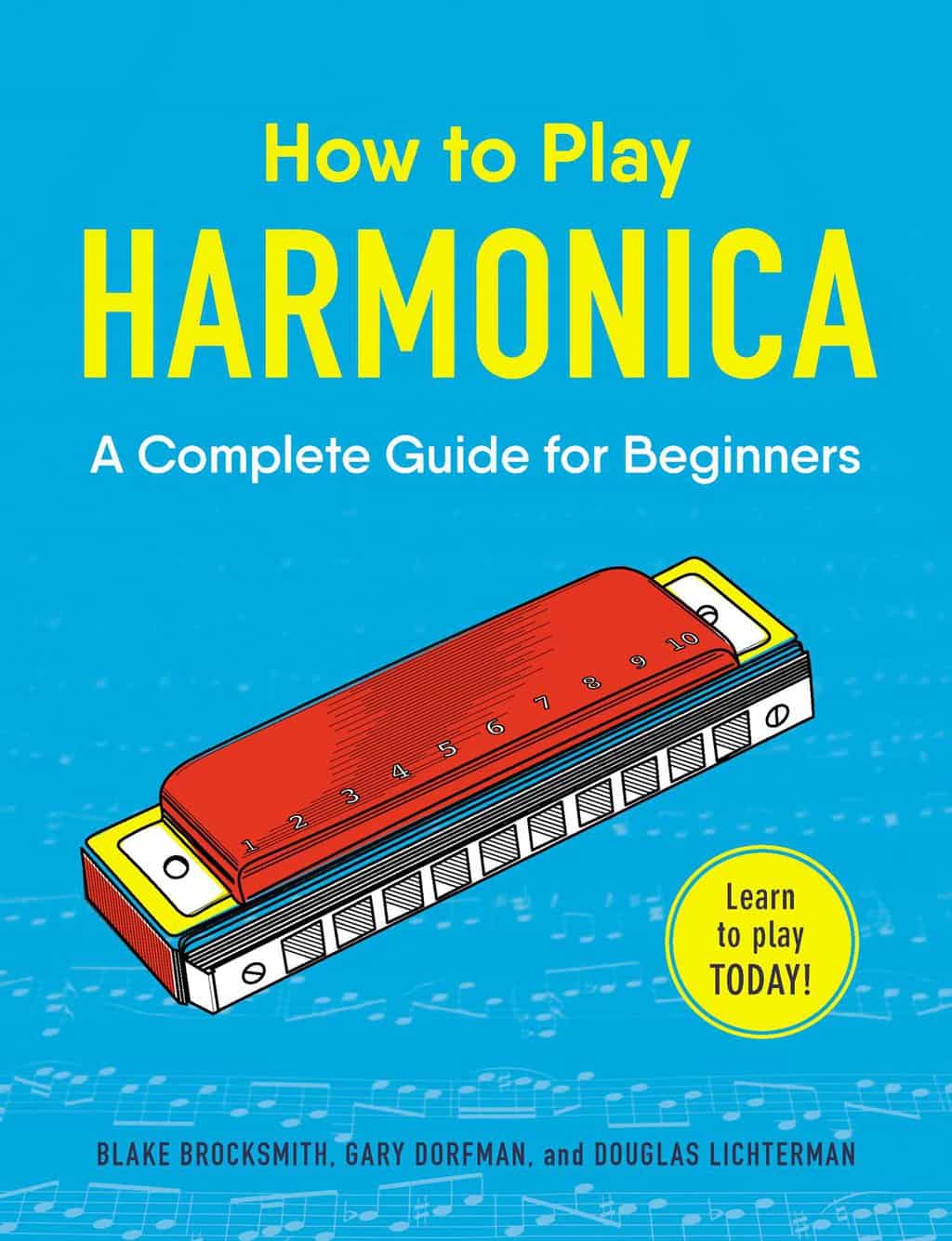If you’ve ever wanted to learn how to play a harmonica for beginners, I’m here to help! Learning how to play the harmonica is a fun and accessible way to start making music, no matter your age or experience level. In this step-by-step guide, you’ll gain the knowledge and skills you need to get started. You’ll learn about the different types of harmonicas and how to hold and blow into them. Plus, I’ll provide tips on how to practice your new-found harmonica skills. Let’s get started!
Essential Tools and Equipment
Harmonica: A 10-hole diatonic harmonica is the most common type and is ideal for beginners.
Harmonica holder: This is an accessory used to hold the harmonica in place while playing.
Metronome: A metronome helps to keep the tempo of the music consistent.
Music stand: This is used to keep the music sheets and notes in a visible, easily accessible position.
Books and Tutorials: A comprehensive harmonica book or tutorial can provide useful tips and guidance, as well as help with learning the basics.
Earplugs: Wearing earplugs can protect the ears from any excessive noise from the harmonica.
Basic Techniques
1 Holding the Harmonica
To properly play the harmonica, you must hold it properly. When playing in the key of C, hold the harmonica with the left hand while the right hand is used to play. The left hand should be positioned so that the lettering on the harmonica is facing away from you.
2 Producing a Note
To produce a note on the harmonica, place your mouth over the front of the harmonica and blow or draw. Blowing is producing a sound by producing air from the lungs, while drawing is producing sound by sucking air into the lungs.
3 Blowing and Drawing
Blowing and drawing is the basic technique used to play the harmonica. To produce a note, simply blow or draw on the appropriate hole on the harmonica. To produce a higher note, blow into a higher numbered hole, while to produce a lower note, draw air into a lower numbered hole.
4 Bending
Bending is a technique used to produce notes that are not available on the harmonica. To bend a note, blow or draw on a hole while manipulating the muscles in your mouth and throat to produce a sound that is slightly higher or lower than the original note.
5 Vibrato
Vibrato is a technique used to add expression to notes. To produce vibrato, blow or draw on a note and quickly move the muscles in your mouth and throat back and forth to produce a “wavering” sound.
Harmonica Keys
Harmonicas come in many different keys, which refer to the notes of the scale. The most common keys are C, D, G, and A. The key is indicated by the letter or symbol on the comb of the harmonica. The key of C is the most common and is used for playing folk, blues, and pop music.
| Key | Notes |
|---|---|
| C | C, D, E, F, G, A, B |
| D | D, E, F#, G, A, B, C# |
| G | G, A, B, C, D, E, F# |
| A | A, B, C#, D, E, F#, G# |
When purchasing a harmonica, consider the type of music you will be playing. Certain keys are more suited for certain genres. For example, C is the key of choice for folk and blues, while D is better suited for jazz and country.
Playing Simple Tunes
- Learn basic music notation to understand the basics of reading and writing music.
- Practice playing simple melodies using the holes 1 to 4, and the corresponding draw notes.
- Practice playing simple melodies using the holes 5 to 8, and the corresponding draw notes.
- Practice playing simple melodies using the holes 9 to 12, and the corresponding draw notes.
- Practice playing tunes using the draw notes from all 12 holes, moving from low to high and vice versa.
- Once you feel comfortable with the draw notes, practice playing tunes using the blow notes from all 12 holes, moving from low to high and vice versa.
- Practice playing melodies with both draw and blow notes and combine your playing of different holes.
Playing Melodies
- Blow single notes from the left side and draw single notes from the right side.
- Get familiar with the sound and feel of each hole.
- Practice playing simple melodies you know.
- Start practicing simple tunes by playing a few notes at a time.
- Once comfortable, increase the number of notes you play at a time.
- Listen to different harmonica players and learn their techniques.
- Listen to recordings of tunes and try to play them.
- Experiment with different rhythms and tempos.
- Practice playing in different keys.
Working with Chords
- Learn the basic chords on the harmonica.
- Practice switching between chords while playing the same melody.
- Start with the simple two chord changes like C to G7, G7 to F, or C to F.
- Listen to other harmonica players to learn the different chord combinations.
- Practice playing chord progressions in different keys.
- Experiment with chord extensions such as 6th and 9th chords.
- Use blues licks to add variety to your chord progressions.
- Explore different rhythms such as swing, shuffle, and Latin.
- Learn to play fills and embellishments between chords.
- Practice playing simple melodies over the chords.
Improvising
| Step | Description |
|---|---|
| 1 | Listen to some music and familiarize yourself with the different genres and styles of music. |
| 2 | Practice scales and chords. Learn the basics of music theory, such as key signatures and time signatures. |
| 3 | Develop your own riffs and melodies. Experiment with different rhythms and harmonies. |
| 4 | Practice improvisation with a metronome or drum track. Try to create a unique sound and express yourself musically. |
| 5 | Practice regularly and listen to your recordings to improve your technique. |
Combining Techniques
Once you have mastered the basic techniques of playing the harmonica, it is time to start combining them. Start by playing simple melodies with the melody and draw technique. Then, add in bends to add richness and depth to the melody. Once comfortable with these techniques, try using the overblow and overdraw techniques to create further complexity and a unique sound. Experiment with different techniques and combinations to find the sound that you enjoy the most. As you gain more experience, you will be able to play more complex and beautiful melodies.
Frequently Asked Questions
What are the basic steps for playing the harmonica for beginners?
1. Hold the harmonica in your dominant hand with the blow holes facing up.
2. Place your lips on the blow holes.
3. Inhale and exhale slowly to produce a sound.
4. Experiment with different techniques to produce different notes like bending and overblowing.
5. Practice playing simple tunes by reading the notes from a harmonica tab.
6. Once comfortable, progress to more complex tunes.
How do I learn to read music for harmonica?
Reading music for the harmonica is essential for learning how to play. Start by learning the notes and understanding the basics of reading music notation. Learn the basics of rhythm and how it is written in a musical score. Develop your knowledge of music theory, particularly the relationships between musical notes, intervals, and chords. Take lessons from an experienced harmonica instructor or use online resources to learn how to read music for the harmonica. With practice and dedication, you will be able to read music for the harmonica with ease.
What type of harmonica should I use when starting out?
For those starting out with a harmonica, the best option is a 10-hole diatonic harmonica. Most popular songs use the notes within the diatonic harmonica, which means that with some practice, you can easily play most songs. It is also relatively inexpensive and easy to find online or in many music stores.
How do I properly hold the harmonica in my mouth to play?
Hold the harmonica between your lips and teeth, with your lips slightly pursed. Place the harmonica in the center of your mouth, with the reed plates facing outward. Make sure the holes are exposed to the air and that your lips are covering the holes. Keep your mouth relaxed and your lips slightly open. Don’t press your lips against the harmonica too firmly. Keep the harmonica as still as possible and move your breath instead.
What are some helpful tips for mastering the harmonica?
Start by learning the basics of single-note playing. Practice playing scales and melodies. Familiarize yourself with the different harmonica keys and their respective keys on the piano. Listen to recordings of other harmonica players and try to imitate what they are playing. Develop good breathing techniques to ensure a steady, even sound. Experiment with different tonguing techniques and learn how to control the vibrations in the reed. Practice playing with a metronome to improve your timing. Work on bending notes and vibrato for more expressive playing. Finally, have fun and don’t be afraid to try something new!
Conclusion
Playing the harmonica is an enjoyable and rewarding experience that requires a bit of practice. With some patience and dedication, beginners can master the basics and create beautiful music. To enhance the learning process, it is recommended to use online tutorials and instructional videos. Additionally, recording oneself can help to identify and improve mistakes. With the right instruction and practice, anyone can become a harmonica master.







